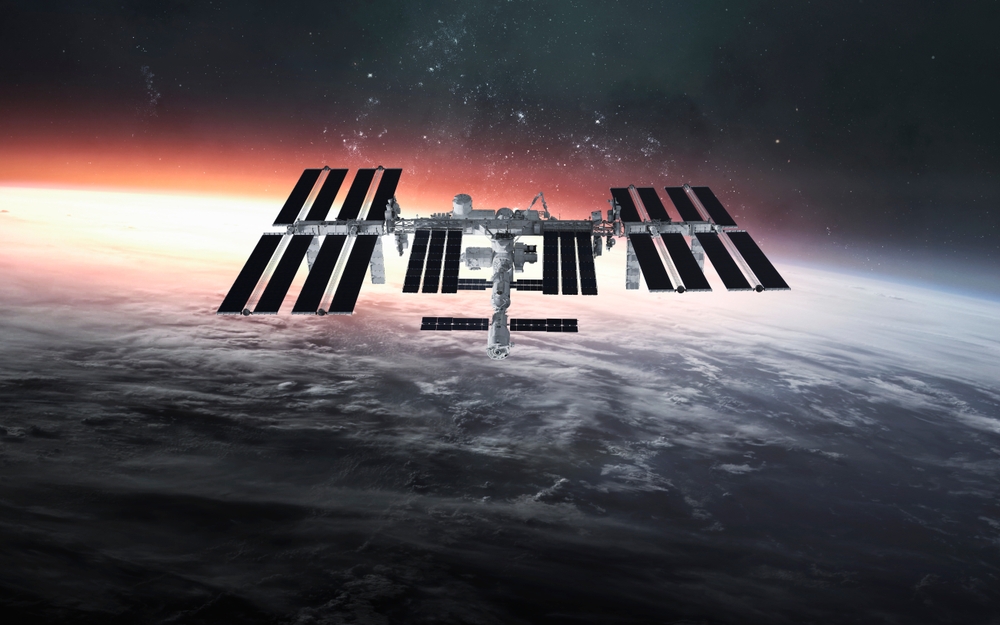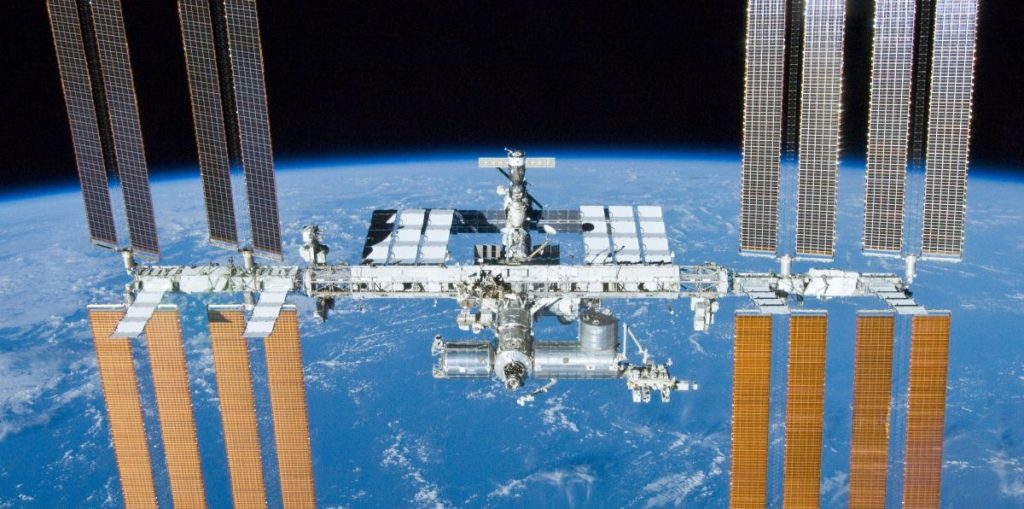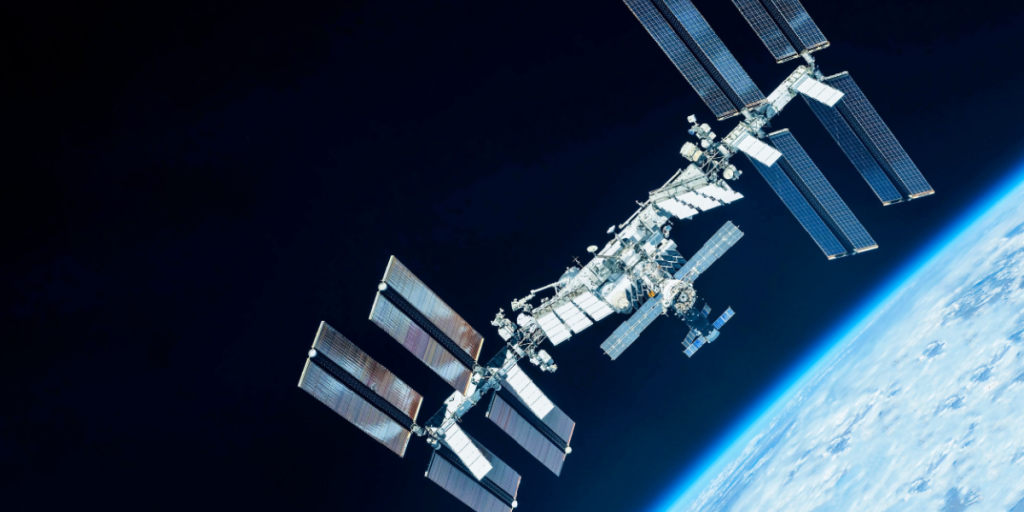How NASA Will Lay the ISS to Rest in 2030
Others are reading now
How NASA Will Lay the ISS to Rest in 2030
The End of an Era in Orbit

For a quarter of a century, the International Space Station has circled Earth as a symbol of cooperation and human achievement. It has hosted hundreds of astronauts, advanced thousands of experiments, and served as humanity’s only home in space.
But even the most remarkable structures have finite lives. After 25 years of continuous habitation, the ISS is preparing for its final journey — one not to the stars, but back down to the planet it has watched over since 1998.
Farewell to the International Space Station

According to Space.com, the International Space Station reached its 25th anniversary of continuous human occupation on November 2, 2025 — a milestone marking one of the grandest achievements in modern science and engineering.
Yet NASA and its international partners have confirmed that the station’s end is near. Plans call for the ISS to be deorbited in late 2030, bringing its long service to a controlled and dignified close after decades of continuous research and international collaboration.
A Final Resting Place Called Point Nemo

Also read
As reported by Space.com, the ISS will make its descent over a remote area of the Pacific Ocean known as Point Nemo — the so-called “spacecraft cemetery.” This isolated spot lies at 48°52.6′S 123°23.6′W, roughly 1,670 miles from the nearest land.
Named after Captain Nemo from Jules Verne’s Twenty Thousand Leagues Under the Sea, it has become the final resting place for hundreds of decommissioned satellites and spacecraft. Its remoteness makes it ideal: few ships ever pass near it, and the chance of debris striking anyone or anything is virtually zero.
How the Station Will Fall

NASA engineers, according to Space.com, expect the breakup of the ISS to occur in several stages as it reenters Earth’s atmosphere. The solar arrays and radiators will detach first, followed by the modules and truss segments, before the structure loses integrity entirely.
Most of the station will burn up or vaporize in the intense heat, though denser components, like parts of the truss, may survive to splash down harmlessly within the uninhabited ocean zone.
This planned reentry draws lessons from past missions — including Russia’s Mir in 2001, which successfully fell near Point Nemo, and NASA’s Skylab in 1979, whose remains landed in Western Australia.
What We’ve Learned

Also read
The ISS’s planned descent marks more than the end of a spacecraft — it symbolizes the completion of one chapter in humanity’s presence in orbit. Its history has taught us how to live and work together in space, how to design long-term habitats, and how to responsibly retire them.
The knowledge gained from the ISS will guide the next generation of missions, from commercial space stations to lunar and Martian bases, ensuring that even in its final moments, the station continues to serve science.
A Home Returning to Earth

When the International Space Station meets the ocean at Point Nemo, it won’t be a failure but a fitting farewell. For more than two decades, it has embodied what humans can achieve through cooperation — orbiting peacefully above a divided world.
As it descends into Earth’s atmosphere for the last time, it carries with it the memory of thousands of experiments, countless hours of teamwork, and a shared belief that exploration is worth every risk.
It also represents humanity’s ability to create extraordinary things. Its fall will not mark an ending, but the dawn of whatever comes next in humanity’s story among the stars.
Also read
This article is made and published by August M, who may have used AI in the preparation


